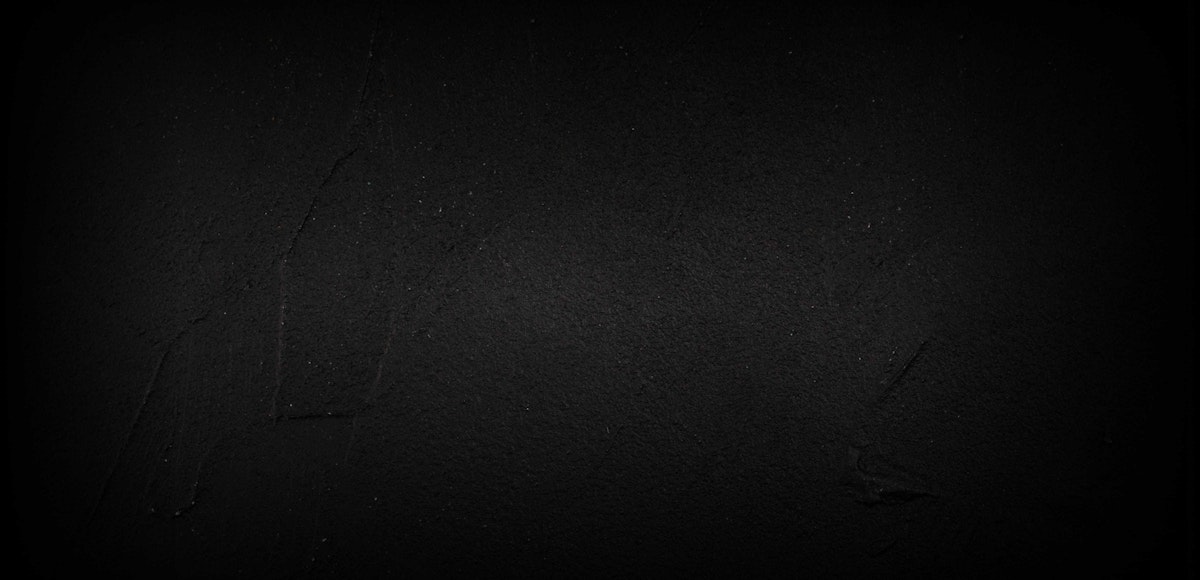Selected for the Multiplica grant and the cross-border residency organised by Rotondes in collaboration with the City of Metz and BLIIIDA, as part of the GRACE project under INTERREG IV Grande Région, _First A/V serves as both an artistic mediation tool and an introduction to digital arts for young audiences. More importantly, it’s a creative instrument that Zohra Mrad and Damiano Picci wish they’d had access to much earlier in their journeys.

Zohra Mrad et Damiano Picci “Our aim is to offer a first step into new media creation.”
Co-funded by the European Union as part of the GRACE project — Interreg VI Grande Région
Zohra and Damiano, how did your collaboration on _First A/V begin? You seemed to have a clear vision before even starting the residency.
Zohra: When I moved back to Luxembourg for good, Damiano saw my portfolio, and we realised we shared many of the same ambitions. Among all our other projects, _First A/V has been with us the longest – over a year now. It began when we responded to a call from the Sommer Foundation. After an incredibly productive day of initial testing, the idea began to take shape. However, we set it aside until this residency gave us the opportunity to fully develop it.
Damiano: Our goal was to create something that would help people understand our areas of work better. What excites me about this iteration of _First A/V is that it’s not just a tool for students, children, or those with little experience. It’s also a fully functional digital instrument that artists can use for creative expression.
There’s clearly a desire to help people take their first steps in creation.
Z.: I enjoy the social design aspect of engaging with the public for educational purposes, but there’s also a personal side to it.
D.: My partner owns a looper that she found difficult to use at first. It seemed simple to me, but it turned out to be too complex for someone unfamiliar with such devices. That experience made me want to create a tool that’s straightforward enough for anyone to use.
Z.: My work often involves repurposing real images, distorting them into textures, but many people don’t understand that process. This tool is a way for me to break it down step by step. It’s unfortunate that digital creation is often viewed as overly technical and inaccessible, when in some cases, it’s one of the easiest forms of creativity. The tool we’re developing with _First A/V isn’t simple to programme, so it’s not easy to replicate. But our aim is to offer a first step into creativity.
(photos © Nathan Roux)
How was your first week in residence at Rotondes? We were impressed by the mind map you drew on the board on day one!
D.: The residency allowed us to focus on the project properly, giving us more than just one day to work on it. Finalising code often takes as much time as the initial development. When I’m coding, the final 20% of the work takes as much time as the first 80%. The hardest part was finding the time to immerse ourselves back into the project and refine the details.
Z.: Exactly – it was about honing and optimising. During our earlier, initial session, we didn’t have any of the equipment we wanted to use. The residency allowed us to combine all our files on one computer, finally use the correct controller, and build a prototype.
D.: We could validate our ideas.
Z.: And run initial tests to ensure we were targeting the right audience, understanding what worked and what didn’t, and either confirming or challenging our assumptions. The first week was all about revisiting our earlier work, consolidating everything, optimising it, and testing the tool so we could make clear decisions for the second week.
Have you set any specific goals for the second week?
Z.: We’ll carry out more testing to determine if the prototype is intuitive and functions well in terms of both its code and incorporated tools. The aim is to focus on the object itself when we move to the residency at BLIIIDA.
D.: I’ve got a few ideas Zohra doesn’t know about yet! [smiles] Let’s just say we need to start thinking about the object’s design, and I’ve been experimenting with my 3D printer over Christmas.
Z.: At BLIIIDA, we’ll receive a different kind of support than at Rotondes, such as specialised equipment and carpenters. There, we’ll be able to work on creating a refined and aesthetically pleasing final object. At Rotondes, our focus will remain on testing, gathering public feedback, and collecting quantitative data during Multiplica Lab. Is the tool easy for everyone to use? Is it too simple for those with some experience in creative tools? Or is it too challenging for everyone? Hopefully, by the end, we’ll have enough time to design interfaces tailored to different types of users.
_First A/V places a strong emphasis on education.
Z.: This project is partly driven by my wish that someone had introduced me to a tool like this during my studies. I’m not working in the field I was originally trained for because I discovered something entirely different right after. _First A/V is our way of showing that the combination of visual and sound-based digital creation is much more accessible than people often imagine. It’s a creative playground that we’re eager to share.






